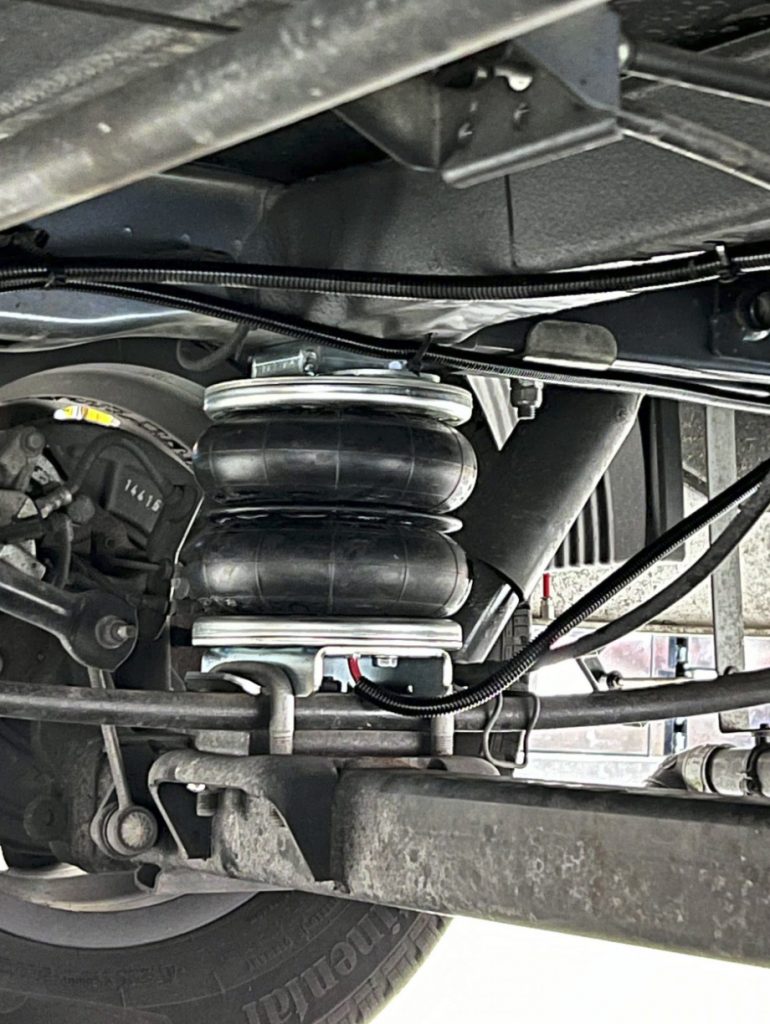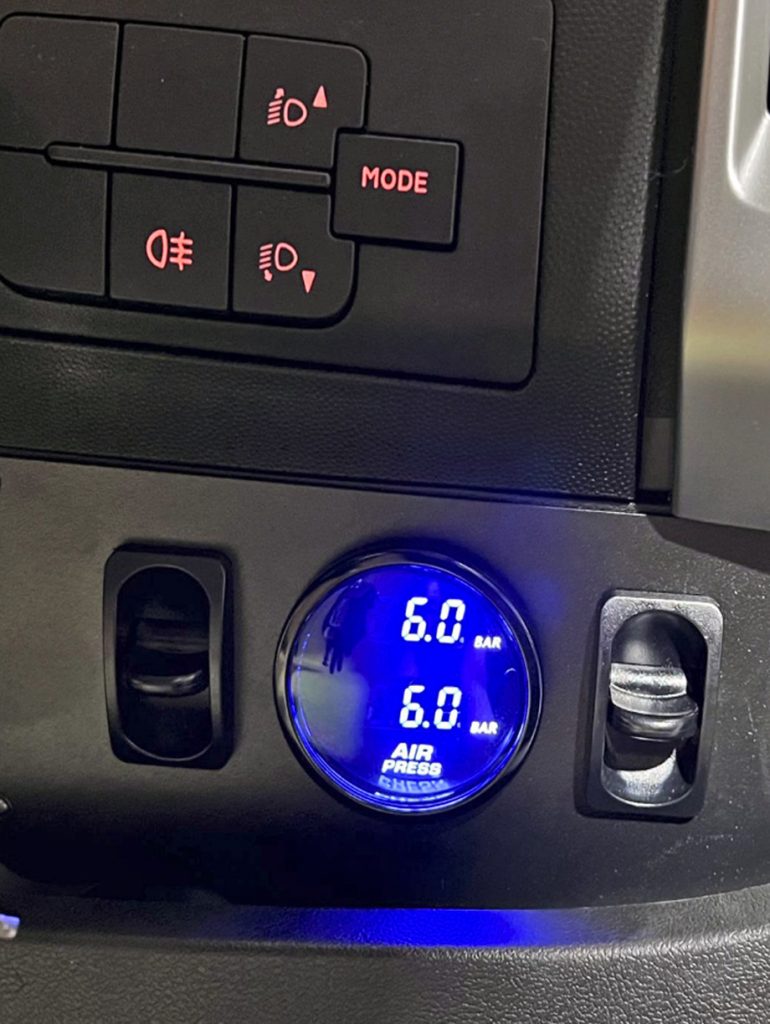Many motorhomes are built on commercial vehicle cabs and chassis, ours is built on a Peugeot Boxer, which has leaf spring rear suspension. A very tried and tested form of suspension. Its literally the same type of suspension fitted to the old horse drawn carts.
Sometimes commercial vehicles drive around empty, and sometimes they’re full. Hence the weight of the vehicle varies. The suspension has been designed to cope with that scenario the best it can. However, a motorhome is pretty much a fully-loaded commercial vehicle all the time.
Hence, the original commercial vehicle suspension always operates close to its maximum design criteria. Its a very robust suspension setup, however, over time, it does start to flatten out. Hence, those leaf springs start to become less springy leading to what is commonly referred to as a ‘droopy rear end’.
As stated above, a motorhome is almost always close to fully laden, hence close to the minimum travel of the leaf springs before they hit the axle.
Between the chassis and the leaf springs are rubber bump stops. When leaf springs become tired, going over bumps will often result in the springs hitting those bump stops hard.
This can produce a very “crashy” and uncomfortable ride. Furthermore, when leaf spring suspension starts to become tired (less springy), it doesn’t properly support the vehicle when taking corners or roundabouts.
The motorhome can lean considerably, potentially even dangerously, if the motorhome enters the turn with too much speed.
Even before the suspension gets “tired” motorhomes with long rear overhangs, like ours, can have problems with the rear end grounding when boarding ferries etc.
Although we did not suffer from ‘droopy rear end’ we did experience grounding several time, not helped by the bike rack that extends the already 2m overhang by a further metre so we had semi-air suspension fitted.
In a nutshell the bump stops are removed and bespoke air bags are mounted between the existing leaf springs and vehicle chassis. A compressor is installed (in our case under the floor, but inside the cabin, on the drivers side) to pump up the airbags. The airbags are generally run at between 2.5 and 3 bar, whatever best suits your particular driving style and motorhome, then when in danger of grounding you can increase the pressure up to 6 bar too raise the back of the motorhome to board a ferry etc., but this of must done at a crawl and the pressure reduced before normal driving is resumed.
So far we have noticed a marked improvement in the ride quality, as we are now hardly affected by vans and trucks passing close, no more heart stopping lurch across the road when the pressure wave hits. We have yet to board a ferry but for the handling improvement alone it was worth the cost.
The work was carried out in Liverpool by Glide-Rite a company that from our experience with them I would heartily recommend.

